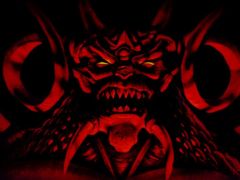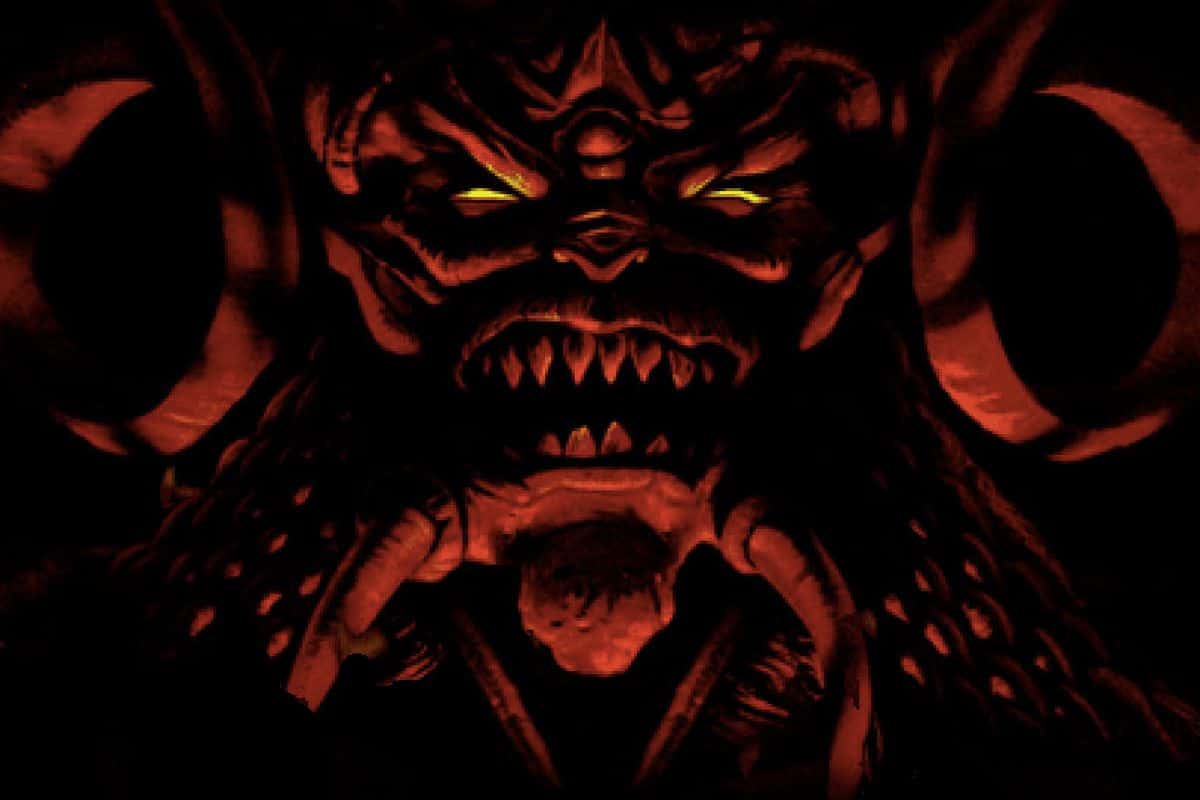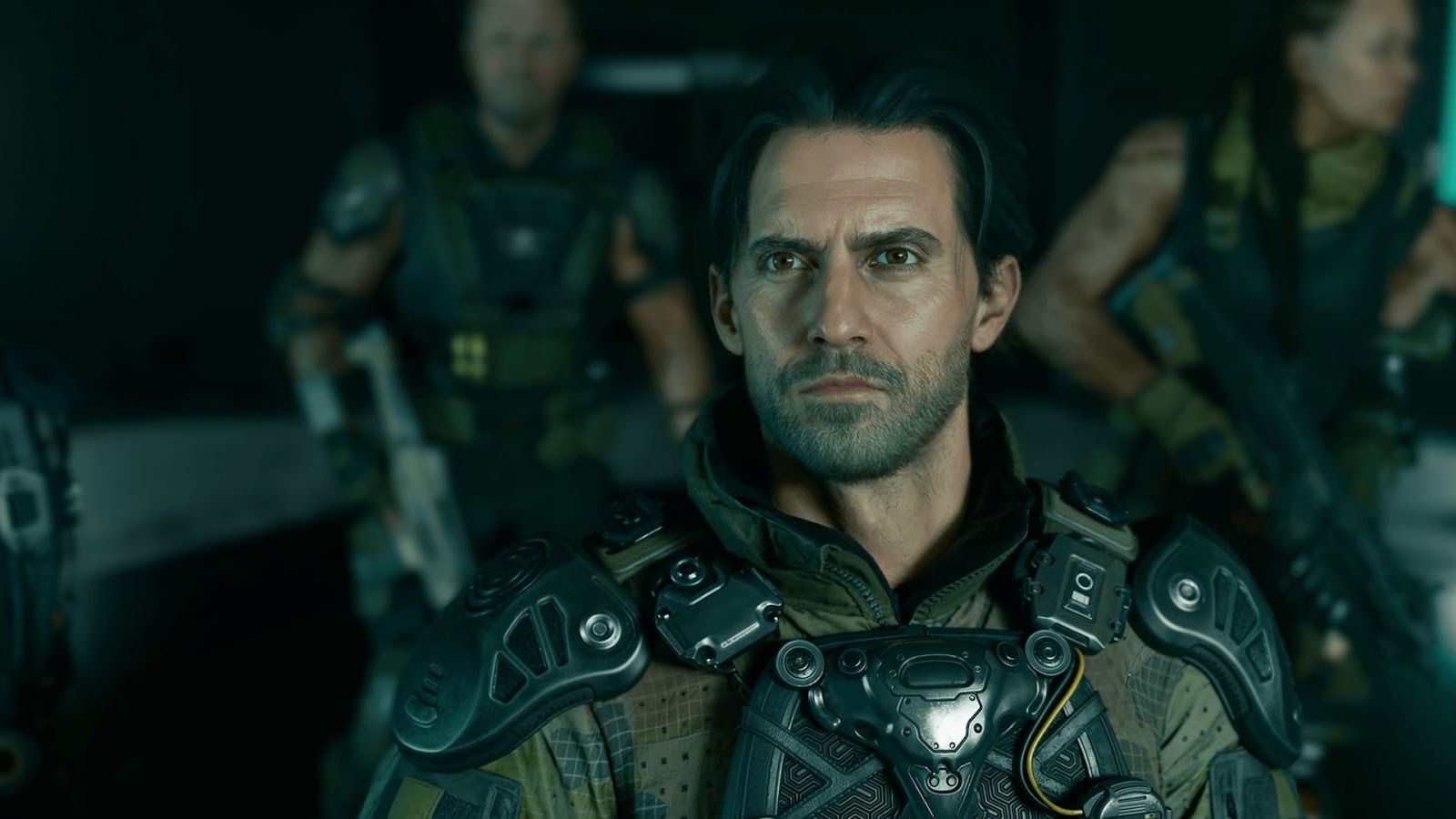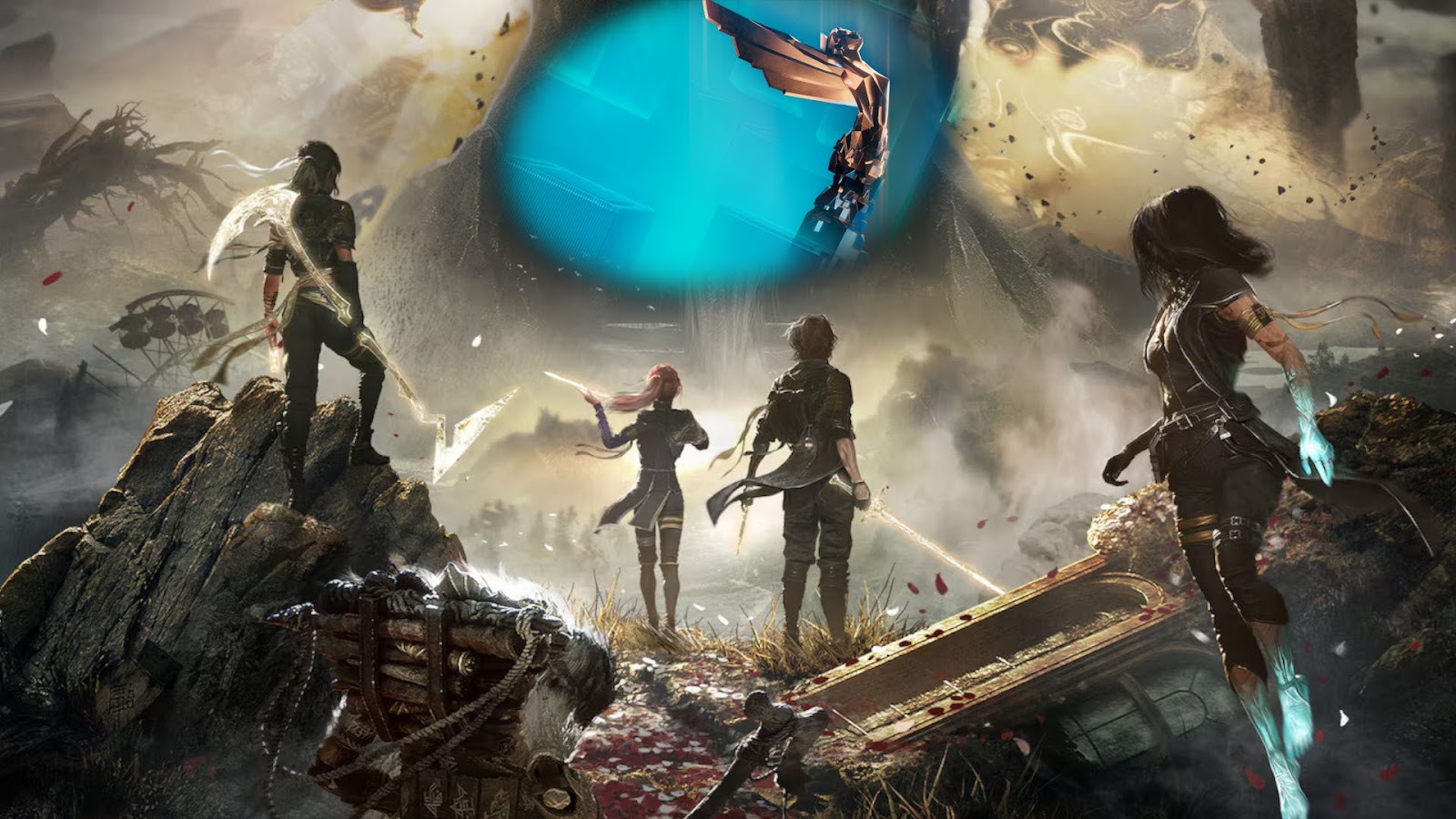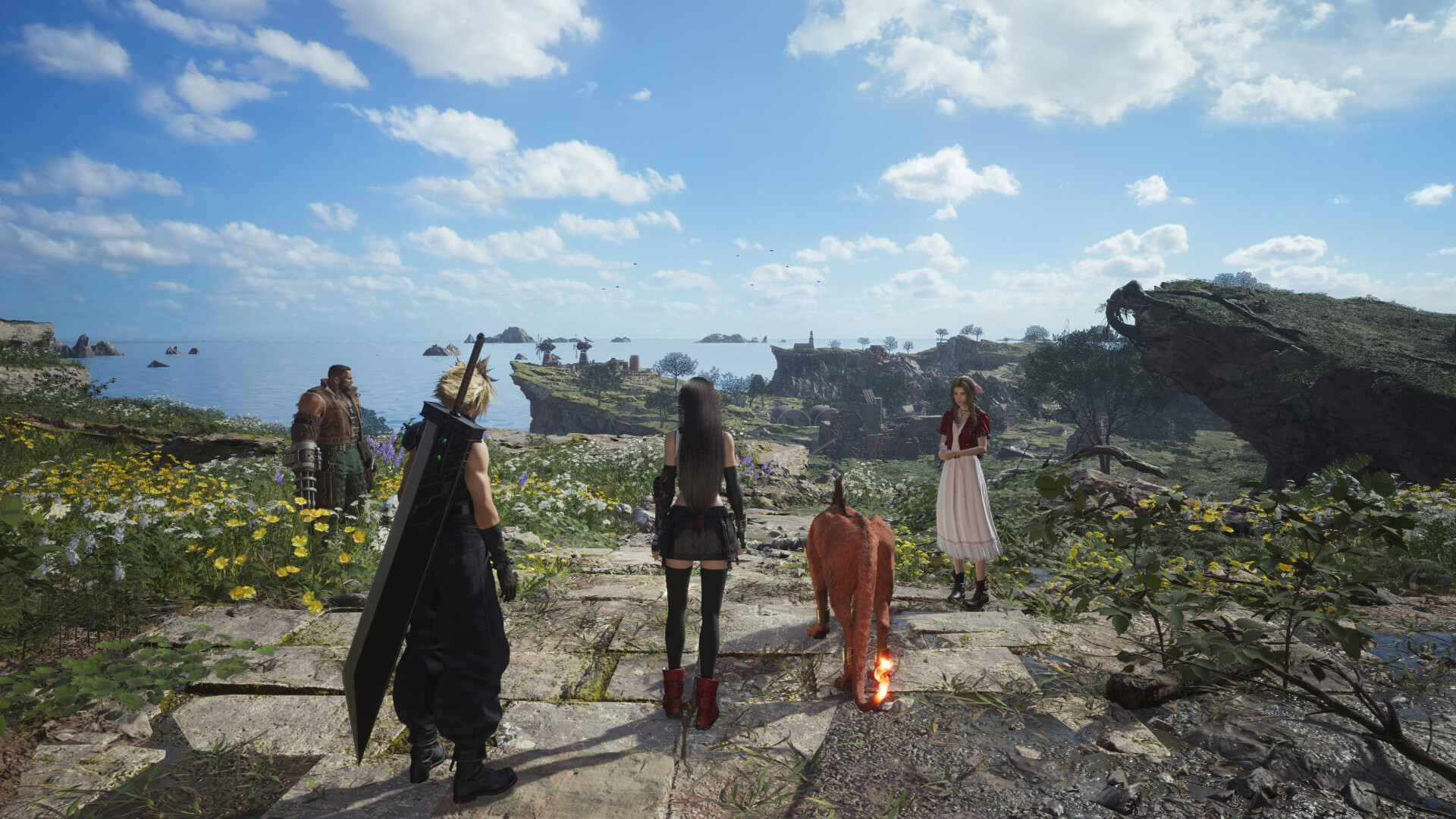You can trust VideoGamer. Our team of gaming experts spend hours testing and reviewing the latest games, to ensure you're reading the most comprehensive guide possible. Rest assured, all imagery and advice is unique and original. Check out how we test and review games here
‘Accessibility’ is a funny word, especially in the world of gaming. In recent years, it’s come to be associated with lowest-common-denominator entertainment: to be ‘accessible’ means to be dumbed down, tailored to the masses, lacking in depth or ambition.
The idea, of course, is that for more people to be able to enjoy the experience, the lower the barrier to entry needs to be. And naturally, that means stripping away complexity, removing features, and making the entire product as transparent as possible, at the expense of intelligent game design. Right?
All the way back in 1996, Blizzard Entertainment proved otherwise.
It’s hard to believe it’s been 15 years since Diablo. Fifteen years ago I was eight, and the demo disc reigned supreme. I’d scurry to the shop to pick up my gaming magazine of choice, and quickly shove the free CD-ROM into my machine. And so it was that I discovered a game that kept me hooked for far too many hours at far too young an age.
I wasn’t the only one left click-click-clicking at the computer until my hand cramped up. In Diablo, Blizzard found their formula for compulsive gaming heaven – and the dedicated following to back it up. That we’re so excited to play Diablo III next week, a full 12 years after the last addition to the series, speaks volumes about the legacy this mighty roleplaying title left in its wake.
If you’ve played a dungeon-crawler in the past decade-and-a-half, it’s probably because of Diablo. The frantic button-bashing and compulsive looting of Blizzard’s pivotal title informed a range of games in the coming years – from Sacred, to Dungeon Siege, to the more recent Torchlight. And yet it’s arguable that this much-loved sub-genre hasn’t seen a real masterpiece added to its ranks since the releaseof Diablo II.
/https://oimg.videogamer.com/images/6373/diablo1.jpg)
So what exactly was Blizzard’s magic formula, and why was it so important?
Diablo was a complex game, filled with randomised maps, enormously customisable play styles, ridiculous numbers of item and enemy types, impressive co-operative play, and so much more. But Blizzard’s genius was in pouring these into a mould of pointing and clicking, stripping away the clutter and leaving only the enchanting, intricate and famously addictive game beneath it. It was an action game and a roleplaying game fused together, with a feature set that ran as deep as the dungeons under the town of Tristram, but most crucially of all, it was that dreaded word: accessible.
In Diablo, you click on things. And you click a lot. You click to attack an enemy, you click to speak to a friend, you click to collect loot, you click to move around the world. Clicking on things is your raison d’etre in Diablo, which is why it’s a good thing that Blizzard poured all of that clicking into one of the most fearsomely compulsive games ever made.
Its genius lay in the fusion of action-centric playability and roleplaying depth. There were none of the typical barriers to entry: no flowery lore to learn, no reams of intimidating numbers to perfect. The story and stats were there, of course, but they weren’t the focus, instead adding context to your journey, and precision to the manner in which you chose to play.
Diablo placed you in a dark and dangerous world, and asked you to explore its limitless possibilities. Unsure which character type to play as? No problem: select one now, then change their abilities on the fly by learning different combat skills as you progress, or seeking out more appropriate weapons. Things aren’t working out on this run-through? Don’t worry about it. Start again – the game will be totally different anyway, so you won’t have to trudge through the same areas again and again.
Diablo shook things up by changing its levels on the fly, meaning characters, items, enemies and even level layouts themselves were different each time you played. At a time when ‘replayability’ was the buzzword du jour, this wasa huge addition. Procedural generation wasn’t new, of course; an entire genre of venomously difficult ‘roguelikes’ relied on randomised layouts and permadeath – but those targeted a niche audience. Diablo reached out to everyone, streamlining its processes.
But this technique also led to what was perhaps Diablo’s main draw: Epic hunts for rare items, which may or may not be found scattered around its world.
Diablo’s universe is split into 16 levels, with the town of Tristram on the surface, and multiple dungeons delving down into the darkness below. They’re full of secrets. Many of the items you’ll discover are standard – a health potion here, a new weapon there – but lurking among them are truly treasured collectibles. It’s the uncertainty of what you might find, and the promise of potentially awesome equipment hidden away where you’d least expect to find it, that led to those long, late-night play sessions where you’d promise yourself this really would be the last area you’d clear.
And players hoping to break their Diablo habit weren’t helped by the game’s fascinating multiplayer component, which took cooperative play and added a devious twist. Parties of up to four could work together in seeking out the game’s finest treasures, but the game also allowed you to behave aggressively, taking on the role of prize bastard and attempting to emerge as the most victorious of your party.
Interestingly, Diablo’s focus wasn’t placed squarely on its multiplayer component – but it proved enormously popular. It was this upon which Blizzard capitalised in Diablo II, released four years later to equally awesome reception. Diablo II didn’t shake up the genre as radically as its predecessor did, but instead played to the original game’s fundamental strengths while tweaking the specifics. The result was an absolute gem, especially with friends.
Upping the player count to eight, Diablo II strove towards wider, more open play areas and encouraged players to work more closely together – either as one large party, or as smaller teams in competition. The game ramped up its challenge based upon the number of players in the game, but it also ramped up its rewards: the bigger the game, the more experience points there were for the taking, and the higher the number of coveted items to find.
Generally speaking, though, Diablo II was a game of evolution, not revolution. It built upon its predecessor’s success, polishing the game mechanics and the visuals. The dark, claustrophobic and foreboding locations of the original game gradually faded out in favour of vast environments, steeped in their own unique culture – and what the game lost in random generation (although it was still present in places), it gained in spades of atmosphere.
Blizzard’s approach to their flagship properties has always been one of innovation followed by polish. 12 years later you might expect most developers to offer a complete reboot, redesigning their titles from the ground up to suit the modern gaming market. Blizzard, on the other hand, take their time to improve their existing formula, based on meticulous research. There’s a reason there’s often such a gap between releases in their series – StarCraft 2 landed 12 years after its predecessor, as well.
They’re an exceptionally smart studio, pouring their resources into analysing their enormous player bases – their habits, their desires, their likes and dislikes. And all the while, the original goal is kept at the forefront of their minds. With Blizzard, as always, that means making a game that’s easy to pick up and find yourself hooked on, but which requires dedication to truly master.
Diablo III is perhaps unlikely to leave the legacy that the original game did all those years ago. Once again, its changes aren’t fundamental ones, and the new additions – the adjusted skill system, the runes, even the Auction House – are elements that should contribute towards Diablo’s bigger picture: delving into its world, killing monsters, and taking home the prizes.
Ensuring that an enormous, much-anticipated sequel to a ’90s game franchise is all about killing and looting might, on the surface, sound like the sort of simplification that gamers so often decry. But the Diablo games were never really about their simplicity. That accessibility just allowed reams of people to experience their truly fundamental quality: the fact that Diablo is smart.
